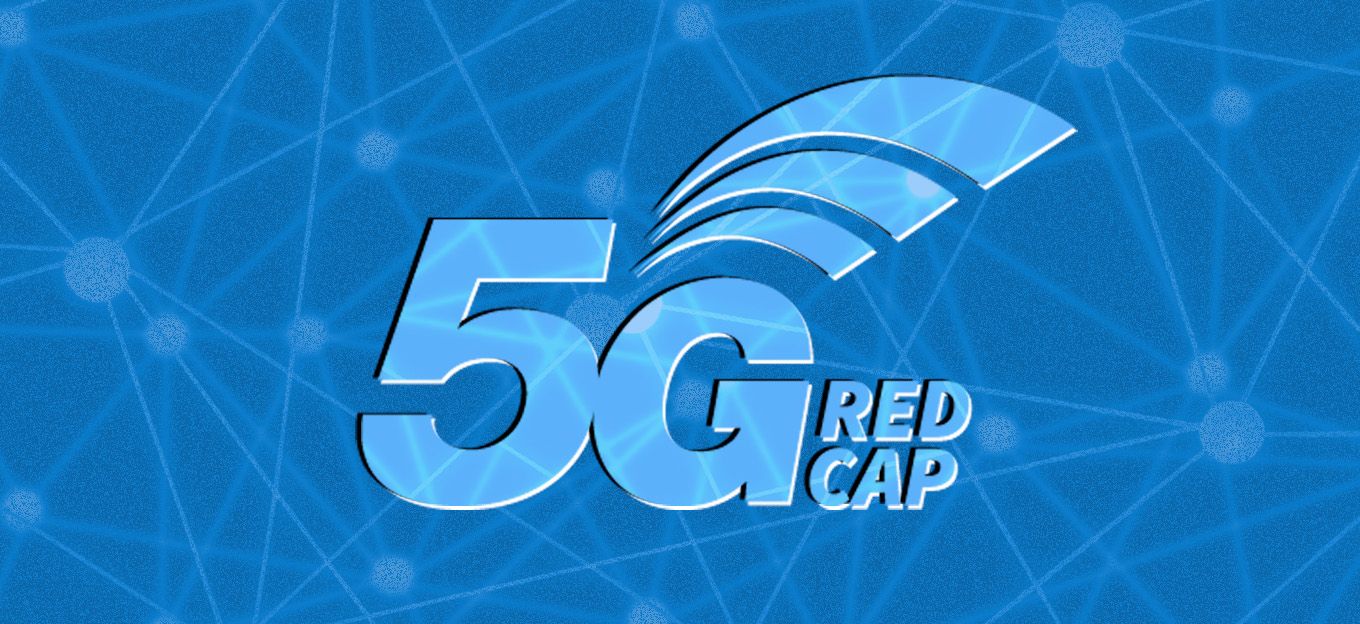Three Misconceptions about 5G
Three Misconceptions about 5G
- Last Updated: December 2, 2024
Semtech
- Last Updated: December 2, 2024



In late 2019, IDC projected the number of 5G connections to grow to 1.01 billion by 2023, representing a compound annual growth rate of 217.2 percent compared to the 2019-2023 forecast period. While it’s still unknown how the pandemic will impact those numbers, one thing is exact: 5G will play a major role in shaping how we interact with and use connected technologies.
With so much buzz around 5G, it’s easy to forget other options better suited for a vast amount of Applications. To clarify some of the confusion, let’s examine three common misconceptions about 5G.
However, it’s shortsighted to think that 5G is the sole connectivity technology that will witness growth. As 5G deployments increase, we’ll also see a rise in alternative technologies that offer flexible, cost-effective power and low bandwidth options for IoT deployments. These technologies can be used in conjunction with 5G or singularly as the application calls for it. That means the emergence of 5G isn’t just about transforming low latency and high throughput Applications; it also represents a transformation of how traditional cellular networks interact with other communication technologies and sit within the larger ecosystem.
With so much buzz around 5G, it’s easy to forget other options out there are more suited for a vast amount of Applications. To clarify some of the confusion, let’s examine three common misconceptions about 5G to be aware of.
5G Makes Sense For All Verticals
5G was designed with two particular characteristics in mind: to bring faster speeds and connectivity to those using it. While the increased bandwidth and performance capabilities from 5G are perfectly suited for several applications, there are scenarios where the trade-offs between cost, performance, and ROI open the door for complimentary “right-size” technologies like LoRaWAN. So while 5G may be the optimal technology to support applications like video calls, which requires low latency, alternative technology like LoRaWAN is a better fit for water and gas metering where low power consumption and long-range are required.
5G Works Alone
Not all Applications are created the same, which means there’s no one size fits all approach. This is why the wireless market is comprised of a multi-radio access network strategy for connectivity solutions. 5G is the first version of new 3GPP specifications that open the standard to any communication technology, whether licensed or unlicensed or mobile, wired or fixed wireless. This means that depending on the application, the 5G ecosystem can adopt the best technology to support its needs – whether that’s LoRaWAN, 5G, 4G, Wi-Fi, BLE, or a combination of several.
5G Is Here
Research is mixed on what the pandemic means for 5G rollouts. According to an S&P Global report, Kagan's 2020 global 5G survey of more than 70 mobile operators found that 38 percent of respondents are already offering 5G service, with an additional 36 percent planning 5G services during 2021. On the other hand, a PwC report found that the pandemic will delay the rollout of 5G networks in Europe by 12–to-18 months. Putting the pandemic aside, the transition from 4G to 5G was already going to take a significant time investment. Inevitably there will be industries and consumers quicker on the adoption curve, but for a vast majority of the world, the impact of 5G is still a way out. This is particularly true for rural areas where many businesses and communities don't have reliable connectivity, let alone high-speed internet or mobile data.
As deployments become more of a reality, 5G networking will continue to be a hot topic for the wireless and IoT industries. As that happens, more attention should also be given to the complementary technologies that support 5G. As it is with most things in life, the key is choice. Consumers and businesses alike must be given options to implement the technology that makes the most sense for a given application.
The Most Comprehensive IoT Newsletter for Enterprises
Showcasing the highest-quality content, resources, news, and insights from the world of the Internet of Things. Subscribe to remain informed and up-to-date.
New Podcast Episode

The State of Cybersecurity in IoT
Related Articles




